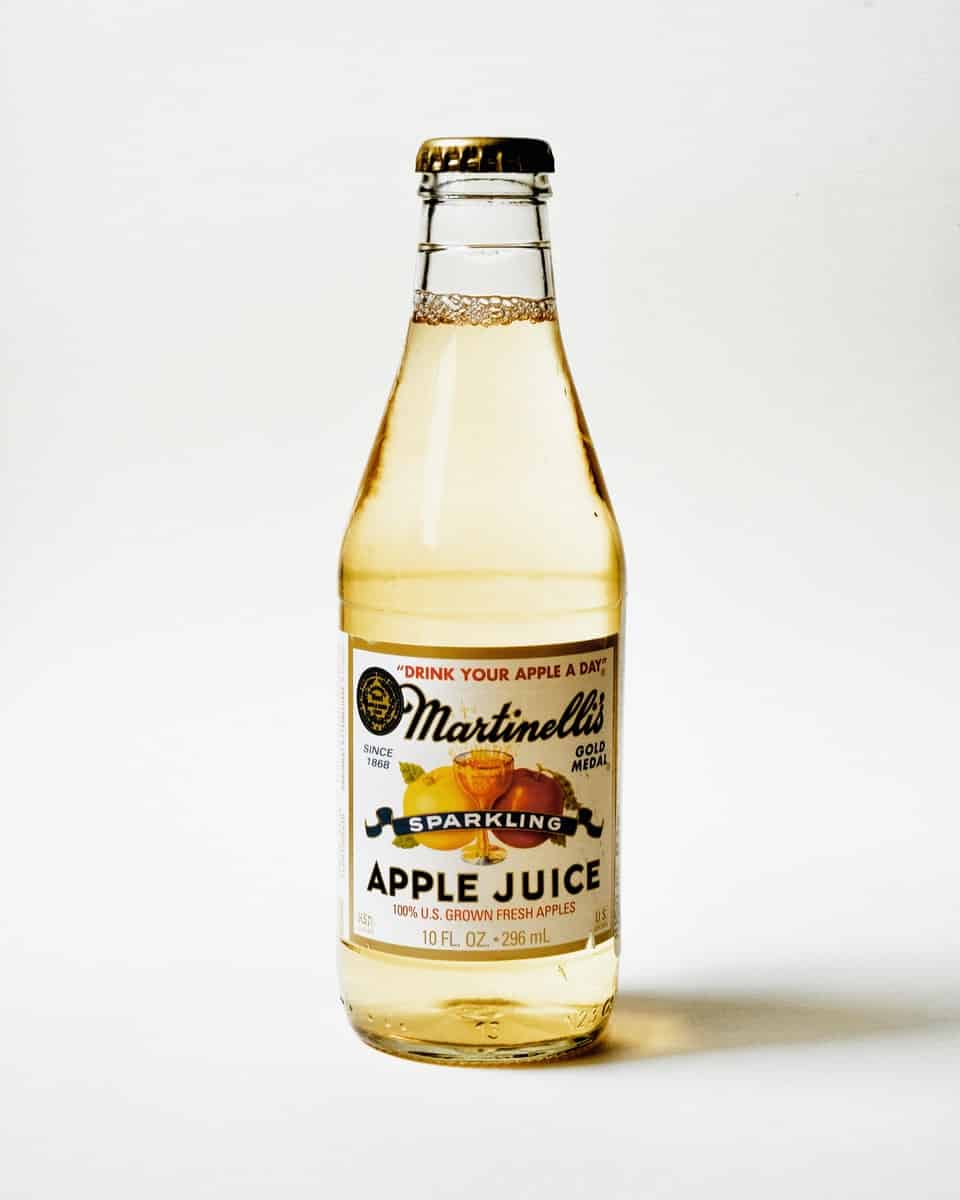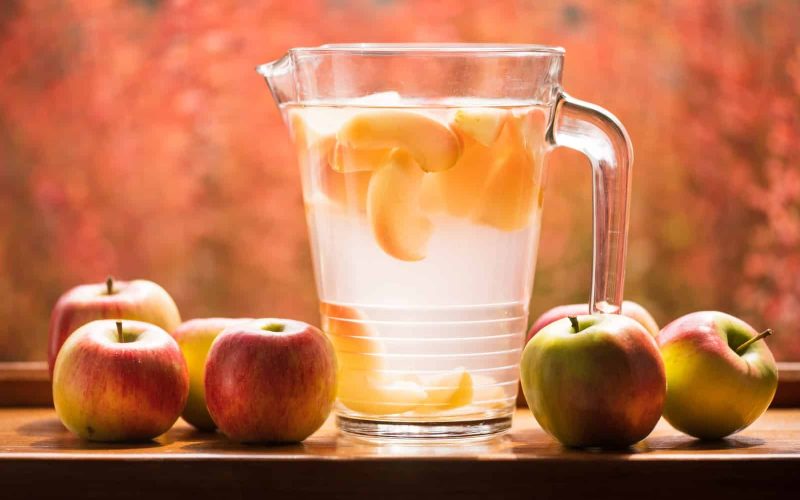You’re not alone if you’ve ever found yourself at the grocery store wondering the difference between apple juice and apple cider.
It’s a question that has plagued generations of thirsty Americans. But what is the difference between apple juice and apple cider?
Is it possible to notice the difference in taste and color and what’s in each production process that gives them different qualities? The answers might not be as widely accepted as you might think.
These answers vary from region to region, but it comes down to the process that turns the fruit into juice.
Difference Between Apple Juice and Apple Cider
Apple cider is heavily marketed about fall, and people love it. But is the difference just in marketing? Martinelli admits on its website that there is no difference between its apple juice and apple cider other than the label.

They explained that “some consumers simply prefer the traditional name of apple juice.” And that’s okay because, in most places, no legal standards distinguish between the two. But whether or not you like it, there is a legal definition.
Here are three approaches to the difference:
1. Process. Apple experts from the Apple Association of America say there is a generally accepted difference between apple juice and apple cider.
The US Apple Association defines non-alcoholic cider on its website as a beverage “prepared by mashing a mixture of apple varieties into a pomace, then squeezing the juice from it. “The tiny apple solids that float on the juice change their color when exposed to aeration, giving the cider that wonderful caramel color and opaque appearance.”
It’s different from the clear, yellow apple juice we loved as kids, which was “filtered and heat-treated to keep it from going sour during storage.
Apple juice undergoes a filtering process to remove apple solids and then pasteurize them for a longer shelf life.
On the other hand, Apple cider is often unpasteurized and contains pulp and sediment that has not been filtered out.
And its result in:
- Apple Juice: Transparent yellow color that does not contain apple solids. It tends to taste sweeter.
- Apple cider is cloudy and brown, with tiny solid apples in it. It is usually tangier because it does not contain added sugar.
Under these conditions, apple juice is much clearer and pasteurized. In unpasteurized cider, on the other hand, natural yeasts can cause fermentation, making the drink slightly fizzy and alcoholic over time.
2. When the apples are picked. In some places, apple cider refers to the juice of apples picked at the start of the season.
3. Consumer preferences. Finally, some companies like Martinelli’s use these terms for marketing purposes only. On their website, they admit that their clear and stable apple juice and cider are the same: ” The only difference between the apple juice and apple cider is the label… some consumers simply prefer the traditional name of apple juice.”
What Apple Cider Is Not
While labeling apple cider and apple juice can be confusing, here’s what they’re not.
Cider generally refers to a fermented alcoholic beverage outside of the United States. Americans call it hard cider.
Watch out for products labeled spiced cider. This means that spices, usually cinnamon and nutmeg, have been added to flavor the juice.
How To Preserve Apple Juice And Apple Cider
Since apple juice is pasteurized, it doesn’t need refrigeration until you open it. It keeps well for several months before opening.
Unpasteurized apple cider is highly perishable and must be refrigerated at all times.
The Apple Association of America recommends enjoying it within seven to ten days of purchase or before the date shown on the label.
Unpasteurized apple cider can even begin to ferment and eventually turn into hard cider (or what the rest of the world calls “cider”).
Hard cider is a great gluten-free substitute for beer and other malt beverages.
The Best Ways You Can Use Apple Juice and Apple Cider
When it comes to drinks, choosing between apple juice and apple cider comes down to personal preference.
But for cooking, apple cider is more common because of its authentic apple flavor. Try mulled cider this fall, or use apple cider to make many recipes.
What to Buy?
Buying apple cider or apple juice comes down to what you want.
For drinks, do you like the sweeter, cleaner taste of filtered apple juice, or do you prefer the stronger, earthier taste of apple cider? My favorite is the fresh, unpasteurized apple cider from the apple farm.
Whenever apple cider is required in a recipe, but all you see at the grocery store is labeled apple juice, don’t despair.
First, examine whether anything is labeled as unfiltered apple juice, which is essentially the same thing.
Don’t have any luck yet? Just look for an opaque juice, meaning it hasn’t been filtered, and you’re good to go. So, there it is. Bottoms up, y’all!
What used to be the difference in your mind? Which do you prefer between the two?








